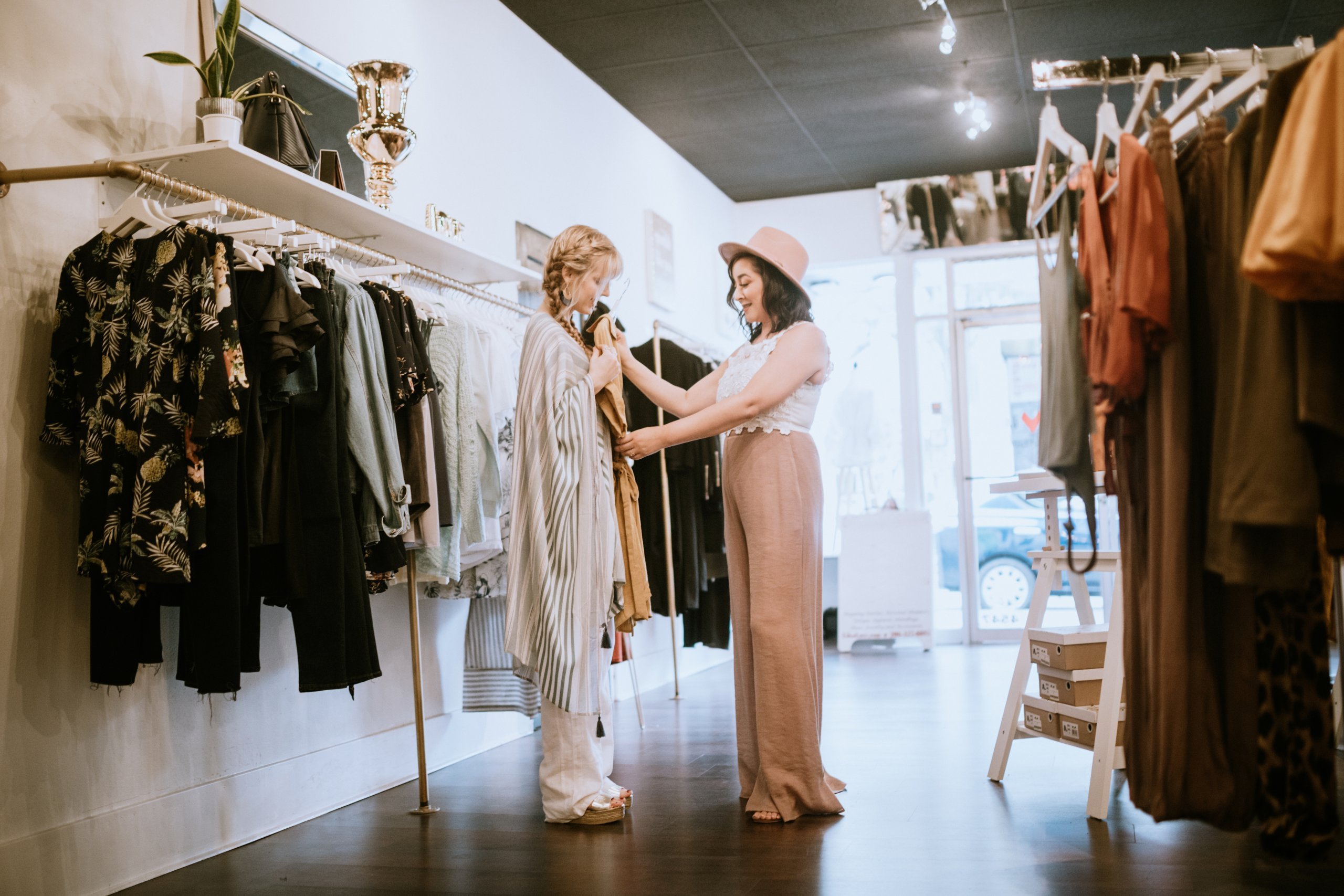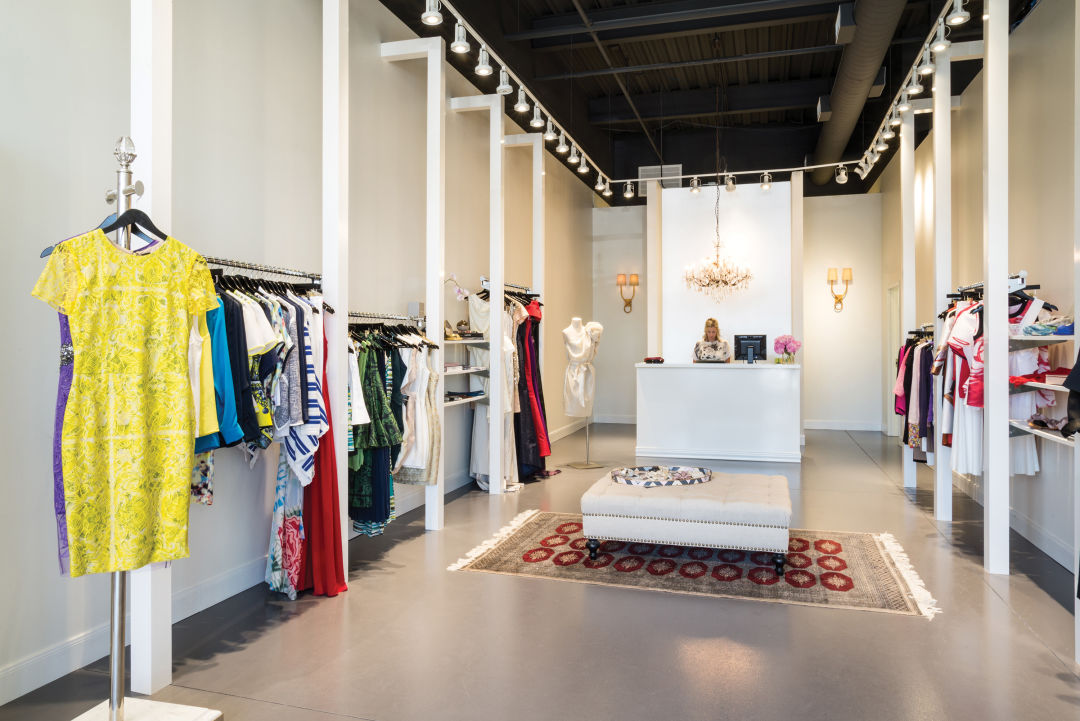Leading 10 Essential Item from Your Favorite Boutique Fashion Shops
Leading 10 Essential Item from Your Favorite Boutique Fashion Shops
Blog Article
A Deep Dive Into the World of High-Fashion Runways: Understanding Garments as Art
High-fashion runways have actually become fields where garments transcends its utilitarian origins, progressing right into a sophisticated form of imaginative expression. Designers, a lot like skillful musicians, weave elaborate stories with type, shade, and material, redefining and challenging conventional standards appeal standards. These shows are more than mere displays; they are immersive experiences, where every stitch and joint narrates abundant with social significance and progressive advancement. As we discover these sartorial eyeglasses, we must ponder: what role does style play fit social values, and how does it show the ever-changing tapestry of human feeling and identity?
The Evolution of Runway Shows
The trajectory of path programs has changed dramatically over the years, progressing from unique market occasions to fascinating spectacles that blend fashion with art. Typically, runway programs were intimate events, held in ateliers or small venues, mostly attended by customers and sector insiders. These early presentations concentrated on the garments' workmanship and industrial stability, providing a straight and practical screen of seasonal collections.
As the style sector increased, the nature of path shows started to transform. The 1970s and 1980s noted a turning factor, with designers seeking to distinguish themselves with even more theatrical presentations. This era saw the surge of fancy sets, choreographed versions, and thematic narratives, heralding a new age where the path became an experiential system. The shows changed into a kind of storytelling, where each collection communicated a distinctive narrative or concept.
In recent years, modern technology and social media have actually better reinvented runway programs, making them accessible to a global audience. Livestreaming and electronic systems have democratized fashion, permitting lovers worldwide to witness these events in real-time (boutique fashion). This evolution shows a wider social change, where high-fashion runways offer as a dynamic junction of design, development, and efficiency
Designers as Dreamer Artists
Developers in the high-fashion industry have actually blurred the lines between practical garment creation and the conceptual world of art. By accepting artistic techniques such as sculpture, paint, and avant-garde setups, designers craft garments that challenge traditional fashion standards and raise them to art kinds.
Visionary developers draw ideas from a myriad of resources, including abstract art, historical referrals, and personal stories. They have an unique capacity to picture and emerge concepts that press the boundaries of traditional fashion, often redefining visual paradigms in the process. This creative resourcefulness is showcased with dramatic silhouettes, ingenious materials, and detailed workmanship, which invite customers to experience style as even more than just wearable items.
Moreover, the runway works as a canvas for these musicians, where lighting, songs, and established layout coalesce to create immersive experiences. These presentations are not just display screens of apparel but are orchestrated performances that evoke feeling and prompt idea, attesting the designer's function as a true musician in the modern cultural landscape.
Cultural Influences in vogue
Cultural tapestry weaves its intricate patterns into the fabric of style, affecting designers internationally. The vibrant interchange of cultural stories, practices, and signs informs and influences collections that elegance high-fashion runways.
The influence of culture view it on fashion is often seen in the reinterpretation of traditional garments and patterns. The use of advice Japanese robes, Indian saris, or African prints in contemporary fashion reflects a blend of cultural credibility and modern aesthetics. Designers such as Valentino's Pierpaolo Piccioli and Alexander McQueen's Sarah Burton have been recognized to integrate rich cultural concepts right into their couture collections, equating history right into wearable art.

Advancement in Fabric and Style
Advancement in fabric and layout constantly improves the landscape of high-fashion, pressing boundaries and redefining opportunities. Over the last few years, technical advancements have substantially added to this advancement, introducing products that challenge typical perceptions. Textiles ingrained with wise fibers, with the ability of transforming color or regulating temperature, are no more restricted to the world of sci-fi. Designers are increasingly checking out the assimilation of innovation, such as 3D printing, which permits the development of intricate structures that were previously inconceivable.
Furthermore, sustainability has actually become a crucial motif in material advancement. The fashion business is witnessing a surge in using environmentally friendly products, derived from recycled plastics, natural fibers, and also eco-friendly parts. These advancements not only offer brand-new appearances and aesthetics however likewise address vital environmental problems. Developers are welcoming these products to craft garments that are both aesthetically striking and mindful of their ecological impact.
In terms of layout, experimental forms and progressive shapes are continually reinventing the runway. By integrating innovative techniques and unusual materials, developers cultivate garments that blur the line between style and art, establishing new requirements for creativity and expression in the high-fashion ball.
Effect of Fashion on Culture
Fashion wields a profound impact on culture, offering as both a reflection of social identity and a catalyst for social modification. Through its evolution, fashion has mirrored societal shifts, enveloping the zeitgeist of different eras. As an example, the flapper dresses of the 1920s embodied a newfound sense of ladies's freedom, while the bold prints of the 1960s resembled the advanced spirit of the time. High-fashion runways, particularly, act as platforms for tough standards and redefining appeal requirements. Developers utilize these locations to resolve pushing social issues, from sustainability to diversity, home thereby shaping public discussion.
Moreover, fashion has the power to bridge cultural voids, promoting understanding and admiration amongst varied groups. As globalisation speeds up, the cross-cultural exchange of style concepts becomes progressively considerable, promoting inclusivity and diversity. The rise of streetwear, stemming from urban subcultures, highlights just how fashion can transcend socio-economic boundaries, giving individuals a means of self-expression and empowerment.
Basically, style is not simply regarding visual appeals; it is a vibrant pressure that affects worths, mindsets, and societal progression (boutique fashion). By continually connecting with social and social currents, fashion remains an indispensable component of the collective human experience

Final Thought
High-fashion paths offer as vibrant arenas where clothes goes beyond performance to come to be an expressive art kind. Designers, similar to visionary musicians, orchestrate collections that reflect identity, feeling, and social stories, testing typical aesthetic appeals. The fusion of innovative material and design, combined with fancy collection styles, lights, and music, creates immersive experiences that celebrate multiculturalism. This intersection of style and creativity not just captivates target markets around the world yet also influences social understandings and advertises a much deeper recognition for cultural diversity.

Social tapestry weaves its detailed patterns into the fabric of style, influencing designers internationally.Fashion wields a profound impact on culture, offering as both a reflection of cultural identification and a stimulant for social change.
Report this page